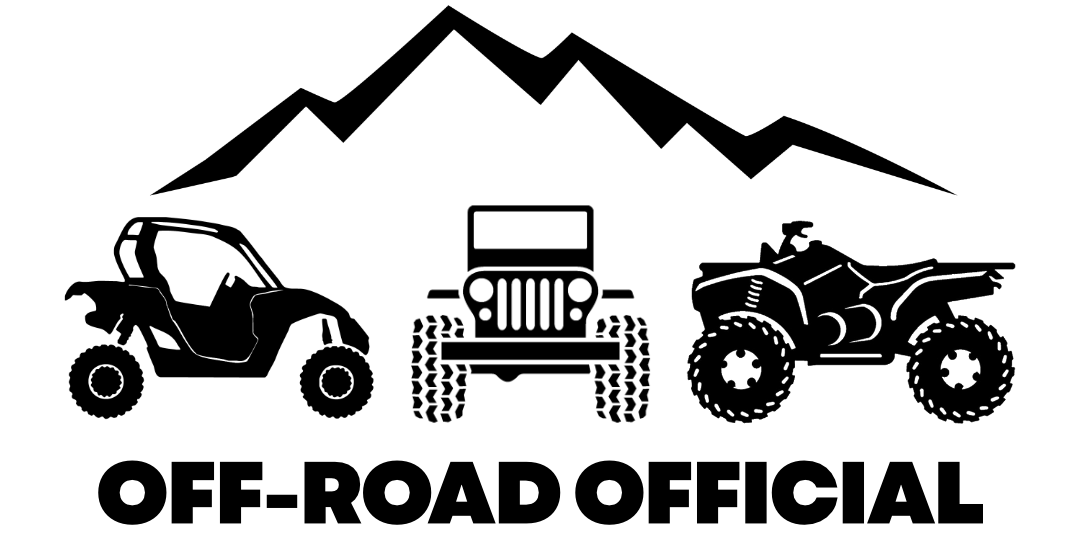Backfiring, stalling, running rough, no spark, and no start issues can be an unfortunate reality for owners of any type of vehicle.
And tracing any of these issues back to the ignition system can be stressful, as this may point to a potential issue with the electrical system which many owners are understandably not always familiar with.
One of the key components in the ignition and electrical systems is the CDI Box. As this box is prone to taking a beating and failing, owners may need to replace it if determining it to be the cause of these issues.
This guide will provide an overview of the CDI system and illustrate how to connect it to the ignition system using a 6 Pin CDI Wiring Diagram and detailed explanation.
Table Of Contents
I. CDI System
II. How The CDI Works
III. 6 Pin CDI Box
IV. AC CDI Box or DC CDI Box
– 6 Pin AC CDI Box
– 6 Pin DC CDI Box
V. Connecting The CDI Box
– CDI Ignition Power
– Ignition Coil
– Timing Trigger
– Kill Switch Or Ignition Key Switch
– Ground Wires
VI. 6 Pin AC CDI Wiring Diagram
VII. 6 Pin DC CDI Wiring Diagram
VIII. Conclusion
CDI System
A Capacitor Discharge System, commonly referred to as CDI, is an electronic ignition device used in a number of different vehicles powered by smaller engines including ATVs, UTVs, Go-Karts, motorcycles, dirt bikes, scooters and lawnmowers.
The CDI System works by storing an electrical charge and then discharging it through the ignition coil and spark plug to fire up the engine. It is the most important component of the ignition system.
How The CDI Works
The capacitor in the CDI is responsible for storing a charge, much like a battery does. When the rider goes to start their vehicle, a tiny signal current is transmitted from the timing trigger or pulse generator into the CDI Box to notify it of the need for a spark.
The thyristor within the CDI then switches on and electricity flows into and through the ignition coil to the spark plug, resulting in a spark.
The thyristor then shuts off the flow of electricity once this process has taken place and the electricity has been successfully discharged from the capacitor.
6 Pin CDI Box
The 6 Pin CDI comes in the form of a black box fitted with a male connector up top. There are six different electrical pins inside of this connector that serve to provide power to the machine by syncing the various parts of the ignition system.
These six pins connect the ignition power to the CDI, the ignition coil, the timing trigger or pulse generator, the kill switch or ignition key switch, and the grounds. This box is very similar to the 5 Pin CDI Box, but contains a second ground wire pin.
There are two different types of 6 Pin CDI Boxes. Knowing which type your machine uses is crucial to ensuring you wire it properly and do not harm your vehicle’s electrical system.
AC CDI Box or DC CDI Box
While the most common 6 Pin CDI Box is an AC CDI Box, there are plenty of DC CDI Boxes out there as well. While the pins are the same in both, there are some key differences between the two.
ATVs such as the Honda 300EX, Honda 400EX, and Polaris Trail Boss 330 make use of a DC CDI Box.
6 Pin AC CDI Box
The AC CDI Box is the most common CDI used in small engines. It gets its power solely from the alternator in the form of alternating current.
The AC CDI is simpler than the DC and rarely runs into problems. If your vehicle has a kick start or pull start rather than an electric start, it’s most likely going to be an AC CDI with AC wiring.
- Usually smaller in size than a DC CDI Box
- The vehicle’s lights don’t usually come on when turning the ignition on with an AC CDI
- CDI Ignition Power is wired to the stator with the alternator providing power
- One of the two ground pins may not be used

6 Pin DC CDI Box
The DC CDI is powered by a battery via direct current. It comes with a DC/AC inverter circuit to raise the voltage from 12 Volts to 400 – 600 Volts.
DC CDI systems make it easy to start the engine even in colder temperatures and enable precise ignition timing.
- Usually bigger in size than an AC CDI Box
- When turning the ignition on, the vehicle’s lights usually come on as well with a DC CDI.
- Kill Switch pin/wire is actually wired to the ignition key switch
- There is a usually a wire connection for the CDI Ignition Power on the stator, but it generally is not used as the power is supplied by the ignition key switch and battery

MORE: 5 Pin CDI Wiring Diagram
Connecting The CDI Box
The easiest way to connect a new CDI Box is to purchase a kit that provides both the CDI Box and a main wiring harness. These kits usually also include an ignition coil, kill switch, and spark plug. You can purchase just the CDI Box and connect it to your current wiring system though.
The CDI Box is connected to the various other parts of the vehicle by the wiring harness. The wiring harness will usually have one or two female connectors that contain the six different wires needed to connect with the male connector of the CDI Box.
Once connected, there is still wiring that must be joined with that of the CDI Ignition, ignition coil, timing trigger, kill switch or ignition key switch, and grounds.
CDI Ignition Power
The CDI Ignition Power wire provides the power necessary for the CDI Box to function. This power is supplied from the battery using a DC CDI Box or the alternator using an AC CDI Box.
The CDI Ignition Power wire is generally red or red/black in color and connects to the same colored wiring located on the stator.
It should be noted that when using a DC CDI Box, many times this wire hangs loose at the stator connection and does not actually join, since the power is provided to the DC CDI from the ignition key switch wire and battery.
Ignition Coil
The ignition coil discharges the electrical charge generated and sent by the timing trigger. The ignition coil connects to the spark plug, with this electrical discharge resulting in a spark from the spark plug.
The ignition coil wire is usually yellow or yellow/black in color and connects to the same colored wiring from the wiring harness. A green grounding wire also connects to the ignition coil.
Timing Trigger
The timing trigger, sometimes referred to as the pulse generator, is responsible for sending an initial signal current to the CDI Box to notify it that a spark is needed. This current then flows to the ignition coil and spark plug.
The timing trigger wire is generally blue or blue/white in color, and connects to the same colored wiring located on the stator.
Kill Switch or Ignition Key Switch
The kill switch wire will connect to the kill switch if using an AC CDI Box. This same pin and wiring will connect to the ignition key switch when using a DC CDI Box, and will serve as the main power source for the vehicle.
The kill switch/ignition key switch wire is generally black or black/white in color. This wire connects to the wiring harness via the wire of the same color. A green grounding wire also connects to the kill switch from the wiring harness.
Ground Wires
The 6 pin CDI Box features two pins for ground wires. The ground wires are usually green in color and connect directly to the ground or to the same green wiring connections located on the ground, depending upon your vehicle’s electrical setup.
These grounds can generally be found on the stator or frame of the vehicle. Additional green ground wires extend from to the ignition coil and kill switch from the wiring harness.
One of the two ground pins/wires is sometimes not used contingent upon the vehicle’s electrical configuration.
6 Pin AC CDI Wiring Diagram
Below is the 6 Pin AC CDI Wiring Diagram.

6 Pin DC CDI Box Wiring Diagram
Below is the 6 Pin DC CDI Box Wiring Diagram.

Conclusion
To replace the CDI Box, owners will need to first identify whether their vehicle needs an AC CDI Box or a DC CDI Box.
While replacing and rewiring the CDI system can be challenging for owners with little to no electrical experience, it is very possible to achieve while using the 6 Pin CDI Wiring Diagram for guidance.


